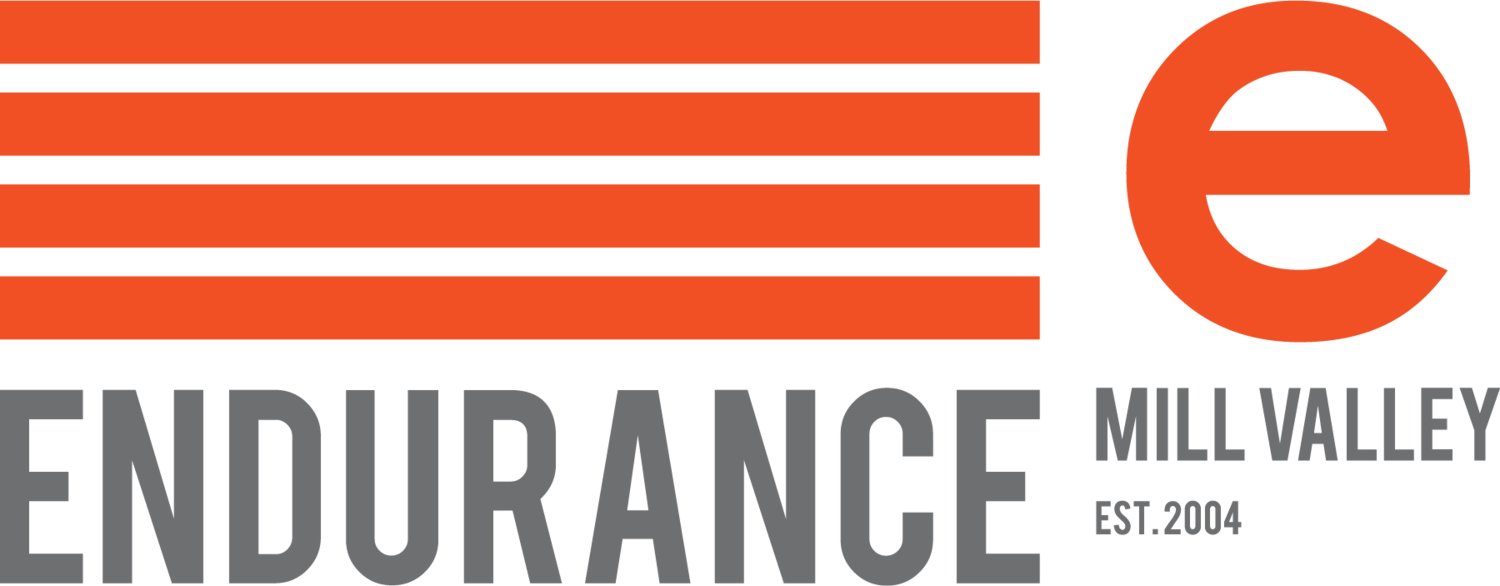Running Economy Testing
Being an efficient runner is all about getting more for less. We can define this as running economy (RE), which puts the cost of running into terms of oxygen demand required to hold a specific pace. Better economy very clearly translates into better distance running performance.
By measuring the contribution of both the aerobic and glycolytic (anaerobic) energy systems of running, an assessment of the running economy can be made. Once measured, targeted training prescriptions for both running and neuromuscular development are prescribed. Furthermore, after a specific training duration these variables can be re-measured to assess adaptations and define the next training progression.
Running economy is a multi-faceted variable and not exclusive to oxygen uptake alone, rather factors such as body composition, biomechanics, flexibility, training regimen and limb size, all play a role. However, it has been shown that a regimen with a combination of endurance, neuromuscular and strength training can improve running economy in a relatively short time span. Obviously, among elite runners, these changes can be less pronounced than in average competitors and beginners, but marginal gains can add up at any level of performance.
This graph* below shows the difference in Running economy between three runners at the same level of VO2 uptake. Runner 3 clearly shows more economical running at the same speeds, and therefore can sustain faster running for longer duration.
Image courtesy of INSCYD
